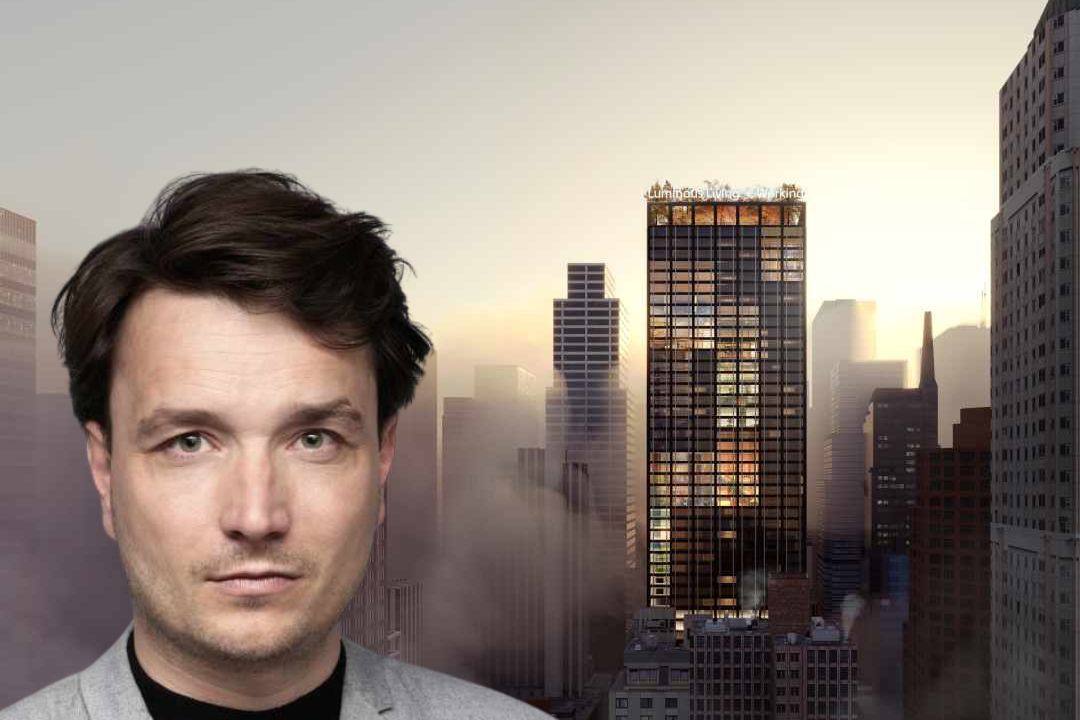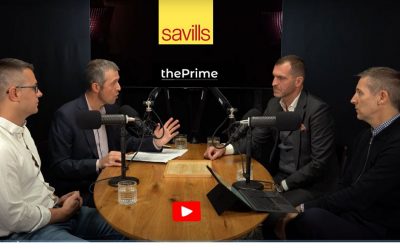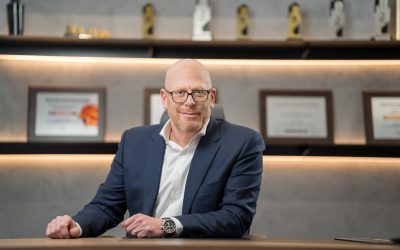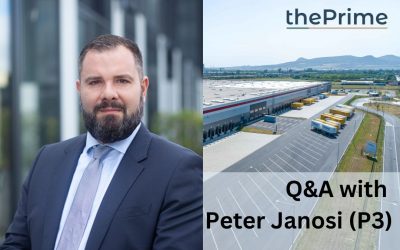You’ve been opening your studio in London. How’s it going? That takes some serious ambition.
It’s the biggest investment of our careers, both financially and strategically. We allocated significant resources to ensure its success. During COVID, we developed a comprehensive plan to expand across Europe. It was well-prepared, focusing not only on our key market like London but also targeting Austria, Germany, Albania, Slovenia, and now even expanding into the Middle East.
The extensive experience we picked up from projects in the Czech Republic prepared us well for this expansion, making us highly relevant for the international markets. Now, with the new knowledge we’ve gained abroad, we can apply this expertise back to our local projects. It’s a highly effective strategy.
How can you tell it’s working?
After just two years of implementing it, we began receiving regular invitations to participate in architecture competitions across Europe—it’s approaching ten now. We’re currently working on two major schemes in Vienna, both still in the architecture competition phase. This positions us as one of the few Czech architects to be invited into the traditionally conservative Austrian market.
Additionally, we were directly commissioned for an interesting scheme in London, which was an immediate result of the strategy. The process is demanding, but it’s also energizing, as we’re constantly learning something new. What makes the strategy effective is its versatility—whether we apply it just in London or scale across multiple regions, it adaptable.
What are the strategy’s main components?
It’s about approaching each market with a focus not just on private and public clients, but also on peers and competitors, local authorities, academics, and the media. We tailor our approach for each group, making sure to engage with their stakeholders effectively and make our brand visible across the entire sector. The strategy is grounded in detailed market analysis and has the flexibility to adapt to diverse market conditions.
It’s more than just a communication strategy though. I see communication as complementary to business development. You need to stay highly proactive in building relationships.
How did you come up with it? Did you come up with that on your own, or did you bring someone in for it? Some kind of business consultant?
We hired a former head of business development from a large architectural practice in Copenhagen, who had left his role during COVID to start his own consultancy. We collaborated with him for two years to develop our strategy. We consider Danish architects to be some of the best salespeople in the industry, so we brought in one of the top experts from the most competitive market.
How much architecture are you able to do these days, and how much of your job is now to work on business development?
It’s about a 50-50 split. I’m still heavily involved in sketching and architecture, because that’s my profession and it’s my love affair. I spend one week traveling for business development, and the following week in the studio working on designs. This balance allows me to stay connected to both sides—growing the business while continuing to do what I love most: creating architecture.
Was that a conscious decision? Do you find it important to be part of the creation process in order to be able to sell the product?
Absolutely. You need to keep your eyes open and your hands ‘dirty’ with ink from sketching to stay connected to the creative process. It’s essential to stay aware of what’s happening inside the studio and ensure the quality of the architecture you’re delivering. You also have to stay informed about the latest industry trends to produce relevant, up-to-date designs. As a young practice, following trends is important to stay fresh, but I believe it’s just as important to aspire to define those trends.
Do you mean your hands are literally dirty from the ink? Or are you actually sketching on an iPad these days?
That’s also a 50-50 split. I even brought my sketchbook here with me to Munich. However, the iPad is an incredibly useful tool as well. Last week, we submitted pre-qualification materials for a competition involving significant public buildings in the Middle East. Part of that submission included a mind map of ideas regarding future typologies. While traveling, I created five sketches for the final presentation.
Couldn’t you just do some AI prompts and let the machine figure it out? I’m only half-kidding.
It doesn’t work that way. Prompts can be useful to work with, but they’re just another tool. In the end, a sketch is still a sketch. Clients are interested in physical things, especially when it’s something very personal. For an architect, I view sketching as a primary means of communication.
Maybe it’s true that people are looking more and more for authenticity. Getting a piece of paper with an architect’s sketch is still something special.
It really does work well. If things take a turn for the worse in a meeting, making a sketch can work its magic. It always does.
We’re seeing more and more architectural competitions not just in Prague, but in towns like Ostrava. It seems like a good way for a city to make a name for itself. Do you think more cities will follow their example?
I hope so. I think it’s a positive trend because competitions yield quick results. In just a few months, you have the outcomes and visuals that illustrate the project’s future. You can also share the winner with the public, generating excitement and interest around the project, which helps create a positive atmosphere.
In contrast, when projects are developed in a less transparent manner, even those in the building permit stage may not be promoted or discussed publicly. This leads to missed opportunities for generating public interest and support. Being transparent, along with showcasing beautiful images and a winning design team, sends a strong message to the public. It indicates that something significant is happening at the site. Most importantly, the winner is chosen based on quality rather than price.
Also in ThePrime
Martin Polák (Garbe): You can’t just invest in the good times






